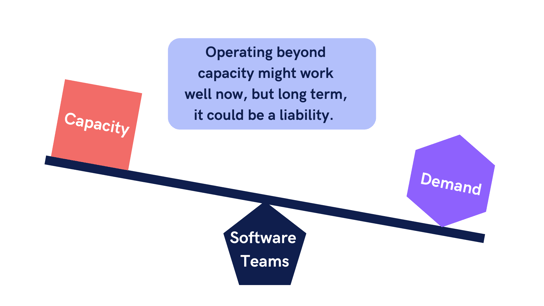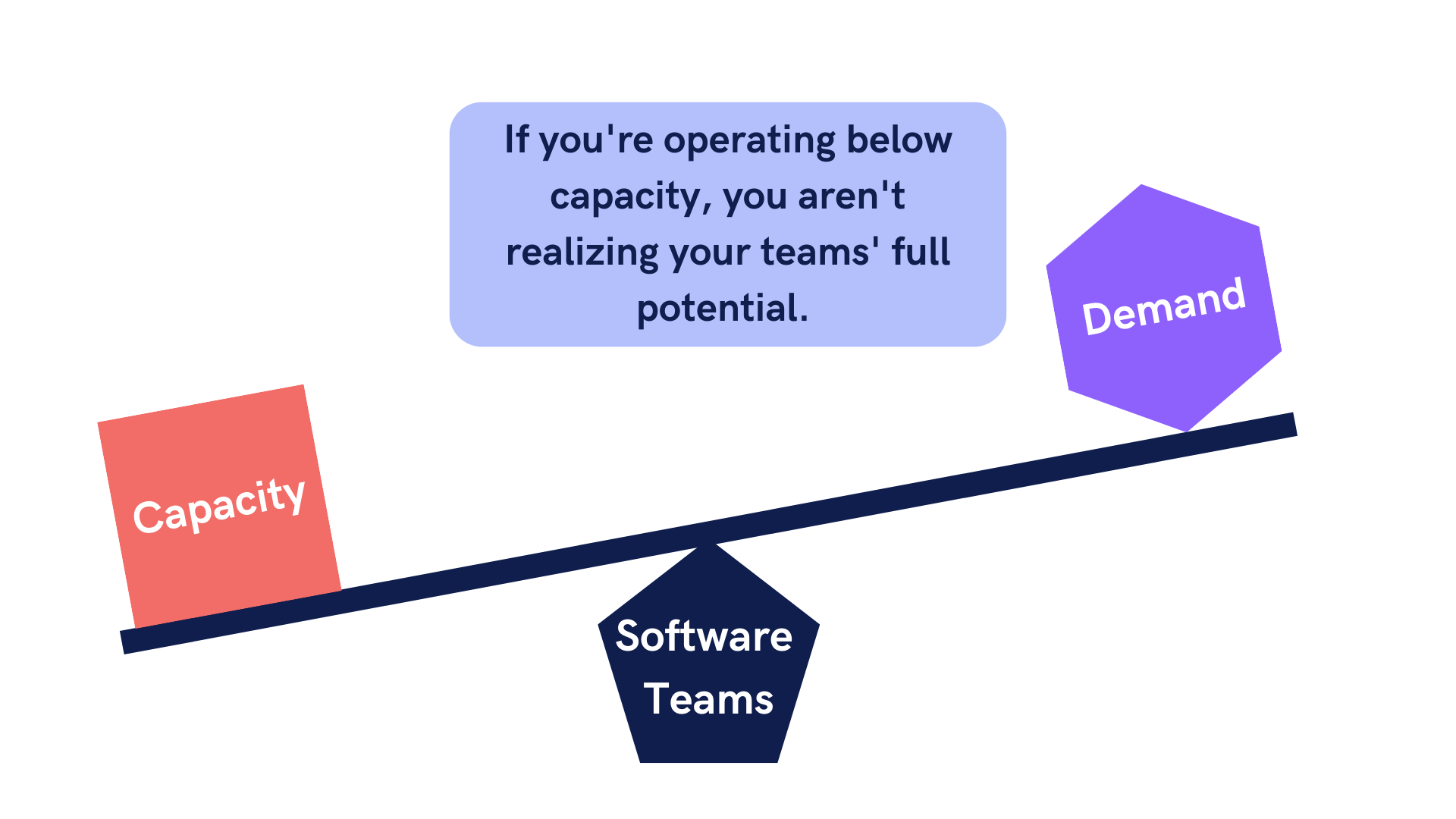For many businesses, productivity is their lifeblood. It supports all their operations and ensures sustainable growth, competitiveness, flexibility, and profitability. The logic is simple, better productivity creates more and better output. This is true for every industry, from car manufacturing to fashion. It’s especially true in the software industry, regardless of whether you’re a producer or an enterprise-level consumer. Productivity in the software development process is one of the key factors that have a direct impact on business success.
So, why do so some software executives shy away from tracking and managing their software investment productivity?
“We don’t need to track productivity!”
We often hear software executives and managers say, “Our dev teams are delivering on time. We don’t see a need to track productivity.” or “We’re not at the stage where tracking productivity is mission-critical.” While these arguments make sense, we respectfully disagree. Productivity should always be a priority.
Whether you’re a mature company with thousands of developers, or a young startup breaking into the industry, productivity affects your bottom line. Recent research from Gartner found that having the right quality and productivity metrics could improve business output by up to 50%. Ask yourself, “What could we achieve with 50% greater productivity?”
How are your teams working?
Regardless of whether you’re producing software for commercial use or retaining external suppliers, your return on investment depends on the productivity of software development teams. If these teams have been making good on deliveries and crushing deadlines, it could be tempting to think that your software development investments are fine as they are. Unfortunately, this is often far from the truth. Here’s why.
When teams are consistently meeting deadlines there are three possible explanations:
1. You're incredibly lucky and have a perfectly balanced team
This is the position that most software development teams would love to be in. It’s also the position many software managers would like to believe they are in. Unfortunately, without good fortune or divine providence (which are hard to guarantee in business), it’s just not likely. Conscious development strategies and decision-making are necessary to achieve a strong balance between productivity, developer velocity, and high-quality output. According to Google’s State of DevOps Report 2021, in addition to having the right technology and development practices in place, monitoring and observation in the development process are key contributors to the performance of elite teams.

If your software team is delivering software and meeting client requirements, maybe that’s good enough, but without tracking your development efforts it's much harder to replicate high-level performance consistently. Remember, when it comes to business, excellence should always be a conscious choice, not a matter left to chance. As Peter Drucker famously said, “If you can’t measure it, you can’t improve it.”
2. Your Devs are working beyond capacity
If your teams are taking on more work than they have the capacity for, you could be putting your development investments at great risk. Environments where overwork is the norm can quickly become toxic. While pushing devs hard can seem like getting the “best bang for your buck”, you’re still playing with fire. Sure, you’ll produce software quickly, but what about the quality of the finished product? It turns out, that stretching dev teams too thin often leads to:
- Declining code quality
- Higher defect rates
- Increased Technical debt
When using outsourced software teams, the impact of heavy workloads on their quality of work is also a key concern for product longevity.

When it comes to internal software teams, excessive workloads are a major contributor to developer churn. A recent Salesforce survey found up to 39% of talent churn came from increased workloads and related burnout. Higher churn rates are a serious risk to organizational growth, especially now with the global competition for tech talent heating up. High rotation in development leads to increased knowledge loss, reduced capacity, and declining software quality, which can quickly become self-perpetuating problems. This leads to lower productivity and ultimately eats into your ROI.
3. Your devs aren’t realizing their full potential:
On the other hand, if your developers can handle the tasks they have been assigned with ease, they’re probably being under-utilized. This means you’re missing out on bigger opportunities and not making full use of your development resources. The problem here is two-fold:
- When contracting external development teams, you’re paying more for less than you deserve.
- Internal development talent can quickly become bored and start looking elsewhere for professional growth opportunities.

While this is a less common situation than teams working beyond capacity, it’s equally pernicious. Good business practice requires utilizing all your resources to maximize your potential for earnings and value generation. While your development teams continue performing at a sub-par level, you’re losing out on opportunities to boost your output and profitability. This is why it’s so important to strike the perfect balance between productivity and capacity. The question is, how can you do that without the right insights into your development?
Tracking Productivity is a conscious choice
To improve the productivity and effectiveness of your development investments, you need visibility and transparency. One of the biggest mistakes software executives can make is leaving software teams to become black boxes. You can’t improve what you don’t understand and without objective metrics, you’re limited in the knowledge you have access to. Tracking productivity is therefore part of the decision to improve your efficiency and is a hallmark of high-performance leadership.
With that said, it’s hard to get the information you need if you haven’t already been tracking your development efforts. Not sure what you should be measuring? Learn more about the top metrics for improving development team productivity here.

What do you think? Leave us your comments here!